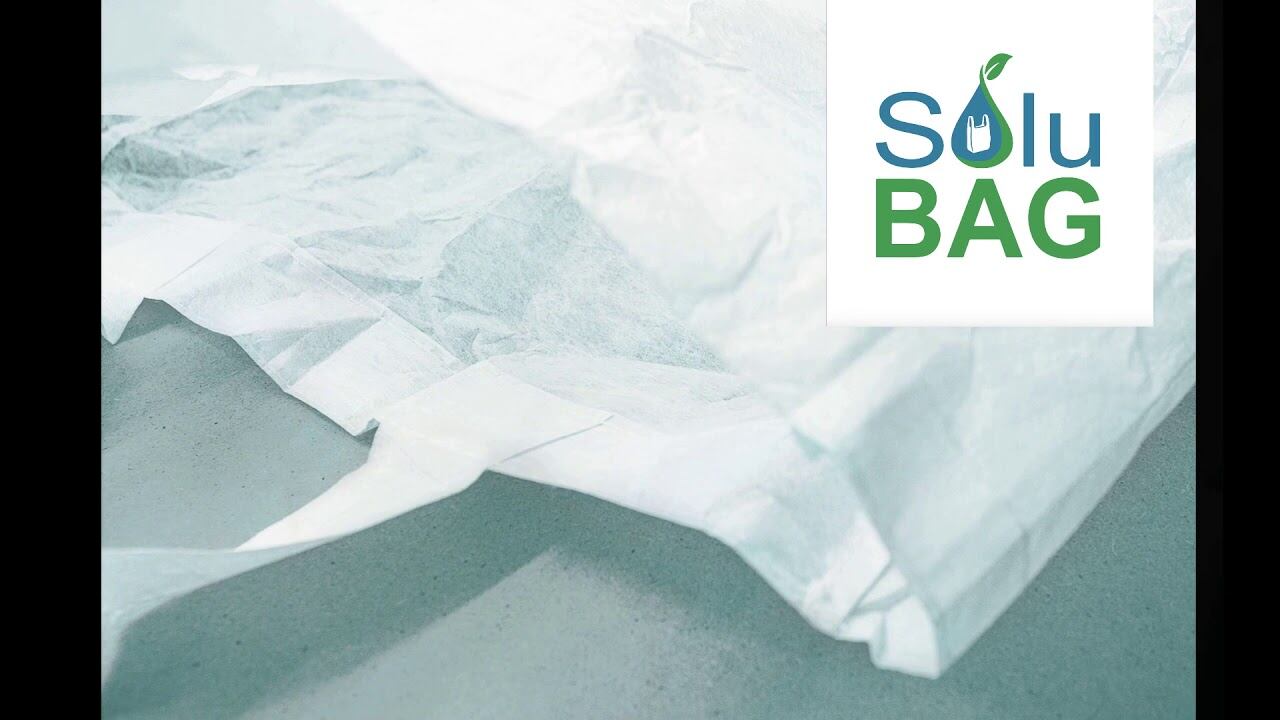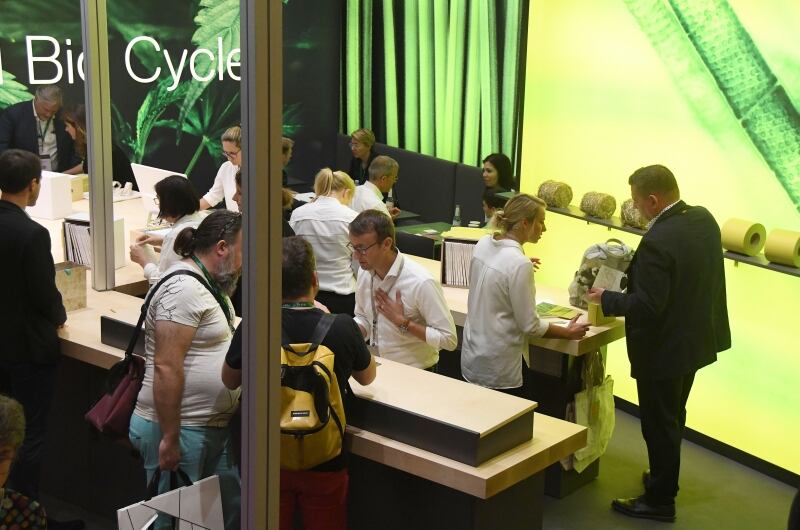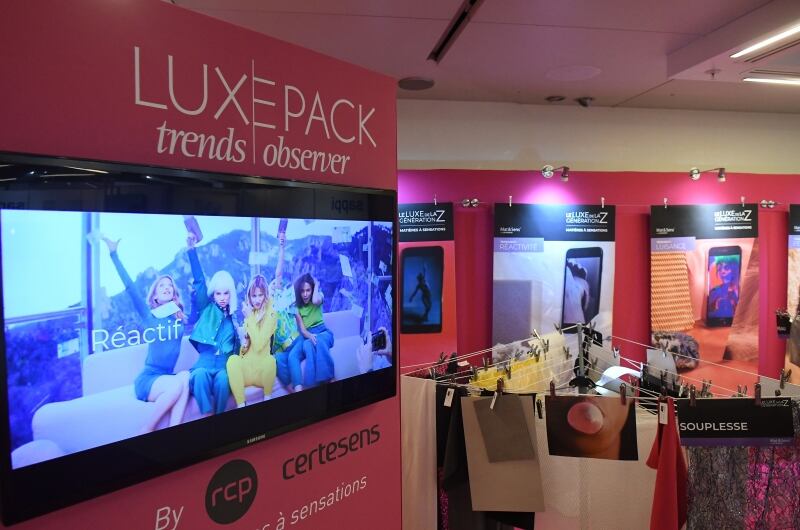Here the jury panel of LuxePack Monaco 2019 (September 30-October 2) Luxe Pack in Green Awards talks about re-useable packaging, sustainable design and how we can encourage young designers of the future.
The value of design
The roundtable debate included guests Sarah Vowles, sustainability and communications specialist, IWC Schaffhausen; Uwe Melichar, president, European Brand and Packaging Design Association (EBPD); and Sandrine Noel, senior corporate environment manager, Louis Vuitton.
Vowles said IWC Schaffhausen plans to reduce the overall weight of its packaging by 30% by 2020 but it means changing the mindset of customers who believe the concept of luxury always means more instead of ‘less is more’, where to accept small means the same quality.
EPDA, based in Basel, Switzerland, has 60 members from 17 countries across Europe.
“How do we influence brands to change their packaging? I believe in the value of design. We try to convince brands to think more green, sustainability is on everyone’s agenda as a priority and it meets this idea of disruptive thinking,” said Melichar.
“If you are a converter of cardboard boxes, you think of cardboard boxes all the time but the designer can trigger disruptive thinking ideas, it’s interesting to see this from an European perspective. Each country has completely different ideas based on their own cultural background and heritage, and a different way of thinking about design and sustainability.”
SoluBag

Vowles said inventions like the SoluBag, a bag which dissolves in water, created by Roberto Astete and Cristian Olivares, two researchers from Chile, is one example of how green design can protect the environment.
The biodegradable plastic bag uses PVA, a polyvinyl alcohol that dissolves in water, as their chemical base and then replaced the oil derivatives to ensure the bag would degrade over time.
They are not the first to come up with the idea. In 2009, Indonesian biologist Kevin Kumala launched Avani Eco, an eco-friendly company that makes biodegradable and compostable products.
He started the project when he returned to his home in Bali, after spending a decade in the US and saw the devastating effect plastic can have on the beaches there.
“There are some fantastic things out there but some are little initiatives while others are industry innovations. As a jury member on the Luxe Pack Green Awards, its interesting to see how packaging can be paired with technology, i.e. a container for soap made out of soap, where packaging has a second life or it stays forever in the system and we don’t need to think about recycling it because it is a part of the product,” added Melichar.
Noel said we need to think about packaging as a service. One example is refillable, reusable bottles that you can personalize.
“Its important to think about what is the function of a packaging. We as a company have to be exemplary of this issue and change the mindset of the consumer,” she added.
Melichar agreed and said it’s about ‘creating a system’.
“You don’t just refill a package, it has to be more like personalization and about rethinking the material and shape of the bottle, convenience is an important point, we need to come up with a way of creating a sustainable convenience design where there needs to be different ways of refilling a bottle,” he said.
According to Vowles, one of the challenges of e-commerce is people are still putting their products in shopping bags for delivery. She believes the e-commerce platform needs an option where consumers don’t need to put their product in packaging.
“Ready-to-ship packages don’t work in my view, we need to think about new systems of putting a box around a box. The delivery process is part of the story,” said Melichar.
“We have to include in the story the needs and the logistic process for the consumer in the same way they buy something in a boutique and we can ask them if they want the extra packaging. In e-commerce, this should be easy to do but it has not been built into the systems yet.”
China
Vowles said, in Shanghai, which has about 23 million residents, there is a new law on packaging waste, where policy is ahead of public opinion. It is the first initiative, launched in July this year, is to raise China’s recycling rate, currently under 20% by separating its waste into one of four colour-coded bins: dry, wet, recyclable and hazardous.
By 2020, China hopes to bring that rate up to 35% in 46 Chinese cities and by 2025, to implement a nationwide urban waste sorting system.
Noel said customers are becoming more and more educated and brands need to anticipate this expectation.
“It’s difficult to combine a luxurious spirit with a sustainable point of view. The best way to innovate is having the opportunity to create in a different way and this is open to the young designers coming into this field,” she said.
Melichar added, if you look at Japan, volume is not the only issue. There is a risk that 'if we say less is more, we lose the luxury element.' Brands need to think about sustainability by coming up with smaller lighter solutions and clever ideas.
This year, the European parliament passed legislation to ban single-use plastic in all member states by 2021 but Japan and the US failed to sign the G-7 plastics charter last year, which would have committed it to reuse, recycle and collect all plastic products by 2030.
Instead, Japan said it would reduce single-use plastic by 25% by 2030.
A cultural preference for elaborate packaging is partly to blame – consumers associate carefully wrapped items with luxury and high-end customer service. Aesthetically pleasing but unnecessary packaging in supermarkets, shops and platform bento stands have left Japan struggling to cope.
On a positive note, Seven-Eleven Japan said it will start selling onigiri rice balls in plant-based wrapping this year. The firm’s 21,000 stores nationwide sell 2.2bn onigiri a year. It has said it will also replace all plastic shopping bags with paper by 2030 and all plastic packaging with paper, biodegradable or other reusable materials.


